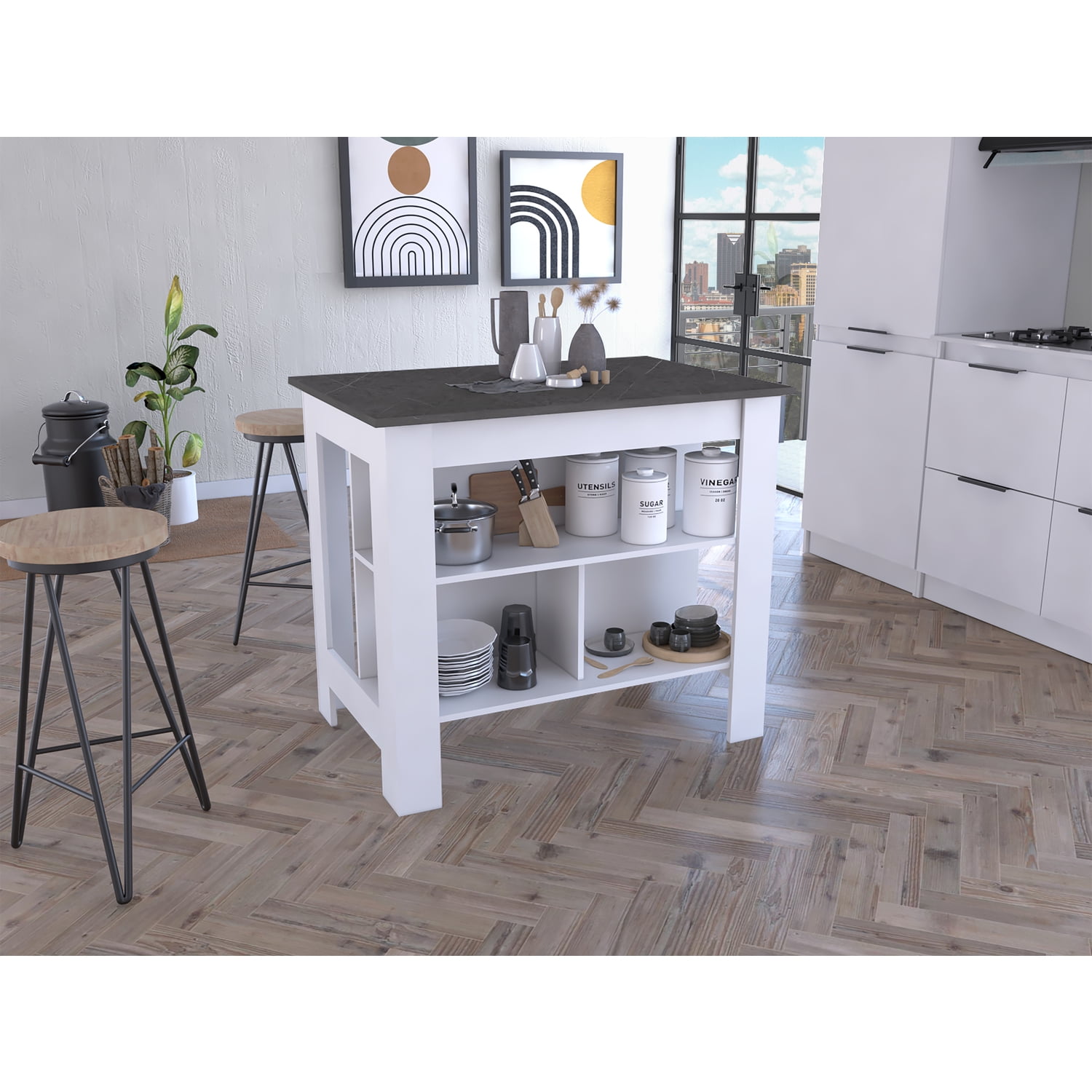Check Out Timeless Options in Standard Legs For Kitchen Island Layouts
Necessary Aspects to Take Into Consideration When Choosing Legs For Kitchen Island
Choosing the ideal legs for a kitchen area island entails a cautious analysis of multiple aspects that can considerably affect both functionality and aesthetic allure. As we explore these aspects, it becomes clear that each decision can have far-ranging implications for the general cooking area experience.
Material Options
When choosing legs for a cooking area island, understanding the different material options is necessary for attaining both aesthetic charm and architectural integrity (Legs For Kitchen Island). The choice of material dramatically affects not only the sturdiness of the island yet also its overall style and capability
Wood is a preferred choice, providing heat and convenience. Solid hardwoods, such as oak or maple, provide stamina and can be stained or repainted to match the cooking area design. Metal legs, usually made from stainless steel or functioned iron, add a modern-day and industrial feeling while guaranteeing toughness and security. These products are immune to put on and can sustain significant weight, making them ideal for larger islands.
An additional option is engineered materials, like MDF or plywood, which can be more cost-effective while still offering a series of coatings. Nonetheless, they may not offer the same degree of security as solid wood or steel. Products such as acrylic or glass can create a modern appearance, though they may call for extra support to make sure stability.
Ultimately, the choice of material for cooking area island legs must align with the wanted performance and the total style of the kitchen.
Design And Style

When considering style, the form and coating of the legs are critical. Tapered legs can provide a feeling of lightness and beauty, while thicker, much more robust legs can communicate stamina and security. Furthermore, the surface-- be it painted, discolored, or natural-- should complement the cabinetry and countertop products to develop a unified appearance.
Additionally, the style of the legs can likewise reflect personal preference. Personalized or attractive legs, such as those including elaborate carvings or unique geometric forms, can offer as focal points, adding personality and individuality to the kitchen area. Eventually, the right selection will certainly not only enhance capability however likewise elevate the visual charm, making the kitchen island a standout function of the home.
Height Considerations
Picking the suitable elevation for kitchen island legs is vital, as it directly affects both capability and comfort. The common height for a kitchen area island commonly ranges from 36 to 42 inches, lining up with usual countertop heights.

It is additionally vital to represent users' choices and elevations. Customizing the elevation can guarantee a comfortable experience for all relative, making the cooking area island a much more enjoyable and useful area.
Weight Support
Making sure sufficient weight assistance for kitchen island legs is essential for both security and capability. The kitchen area island often offers multiple functions, consisting of cooking, eating, and additional storage space, necessitating a robust assistance structure. When choosing legs, it is crucial to think about the total weight capability called for based on the island's meant usage and the products that will be put on it.
The choice of material for the legs plays a considerable role in their weight-bearing abilities. Strong timber, metal, and heavy-duty composites usually provide remarkable toughness compared to lighter materials. Furthermore, the layout of the legs-- whether they are right, tapered, or have a pedestal form-- can influence their capacity to disperse weight effectively across the structure.
Constantly get in touch with the supplier's requirements pertaining to lots limitations to make certain that the legs can maintain the desired weight without jeopardizing security. In summary, selecting kitchen island legs with adequate weight assistance is crucial for developing a risk-free and practical cooking area.
Setup and Maintenance
Correct installment and maintenance of kitchen island legs are crucial for making sure durability and security. To begin, it is necessary to adhere to the supplier's standards throughout installation. This frequently entails safeguarding the legs to the space station making use of ideal fasteners, guaranteeing that the legs are degree and lined up. Making use of a level device can help protect against tottering and boost the general visual allure of the cooking area island.
When mounted, routine upkeep is required to maintain the integrity and look of the legs - Legs For Kitchen Island. For wood legs, regular cleansing with a damp fabric and application of ideal wood polish can protect against moisture damages and keep their surface. Steel legs may need a mild cleaning service to get rid of grease and gunk, complied with by a completely dry cloth to stop corrosion formation
In addition, inspect the legs frequently for indications of wear or damages, such as splits or loosened joints. Tightening up screws or screws as required can additionally lengthen the lifespan of the legs. By adhering to these installation and maintenance practices, homeowners can guarantee that their kitchen area island continues to be durable and visually appealing for many years to find.
Final Thought

Visual comprehensibility is critical in picking the style and style of legs for a cooking area island, as these elements significantly influence the general setting of the room. Conical legs can provide a sense of lightness and sophistication, while thicker, extra durable legs can convey strength and stability.Choosing the suitable height for kitchen area island legs is vital, as it straight influences both functionality and comfort. In summary, selecting kitchen island legs with adequate weight support is important for producing a practical and risk-free culinary space.
In conclusion, selecting legs for additional hints a kitchen island necessitates mindful factor to consider of numerous variables, consisting of material choices, style, height, weight assistance, and installment.